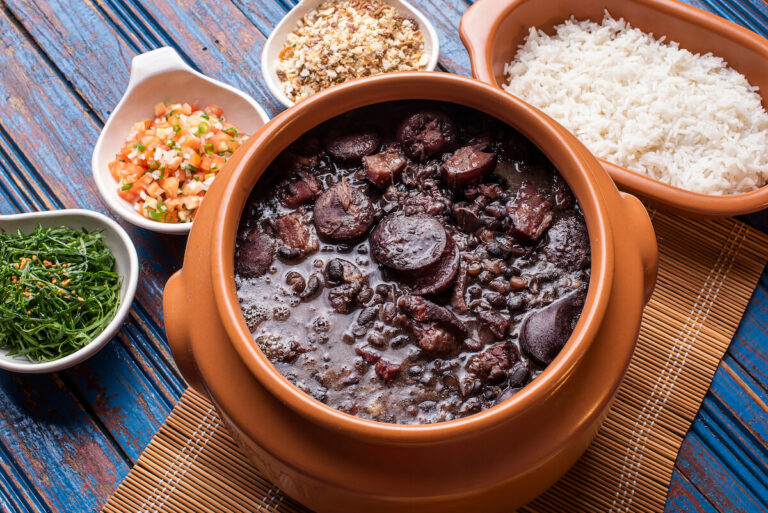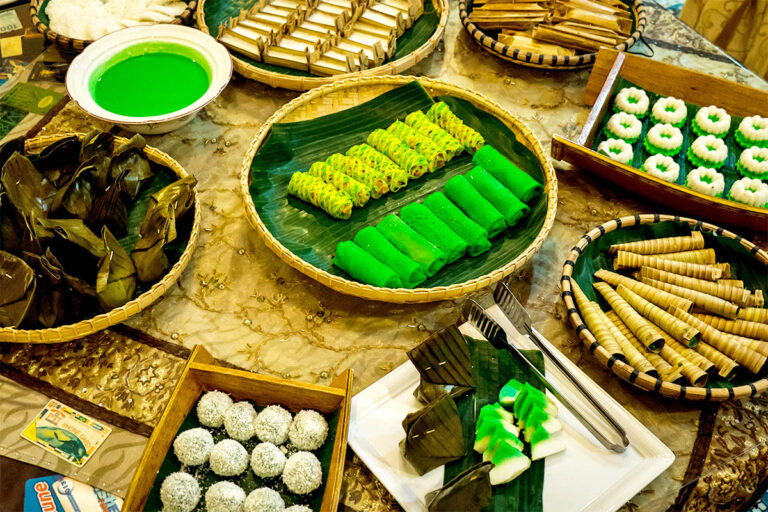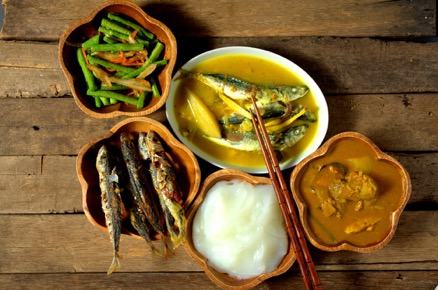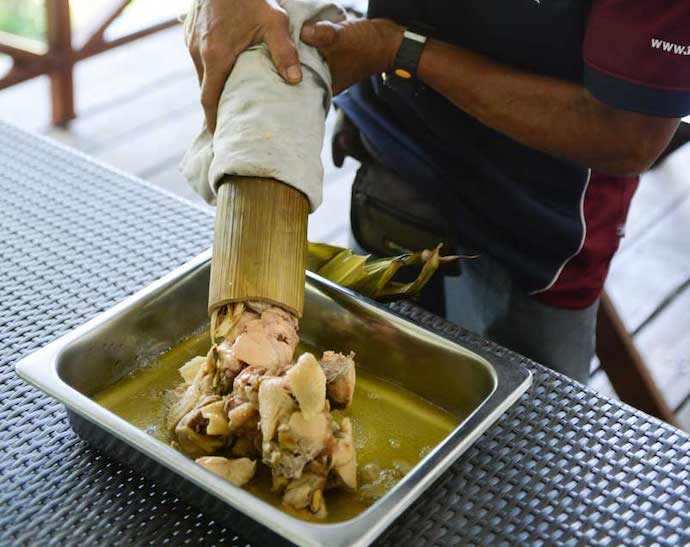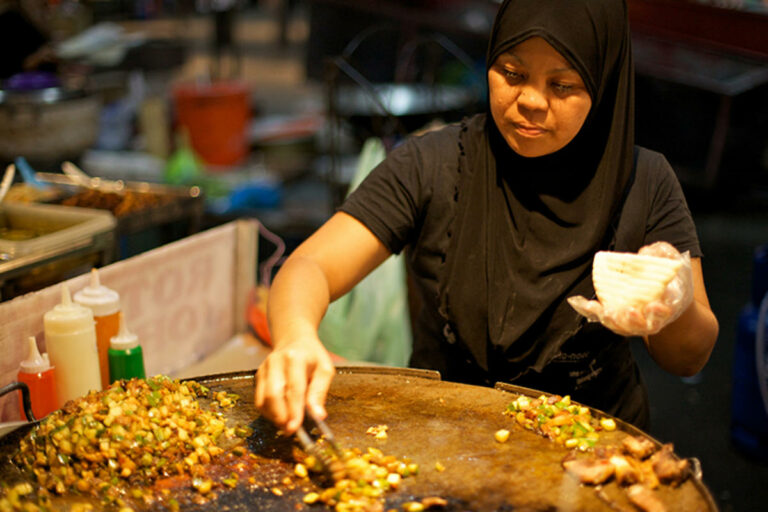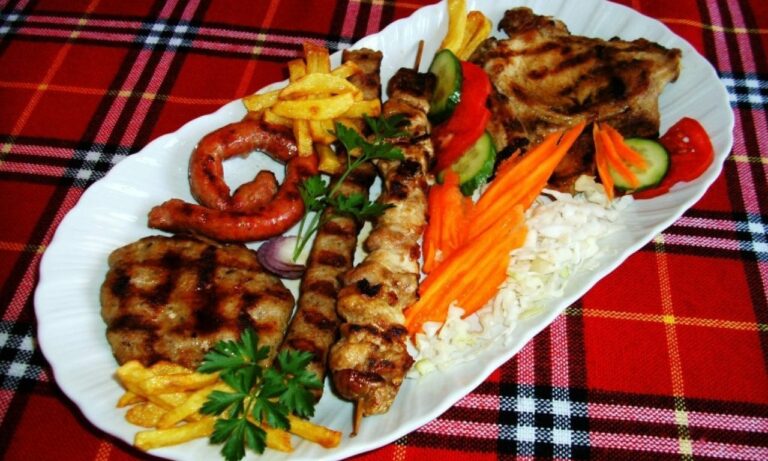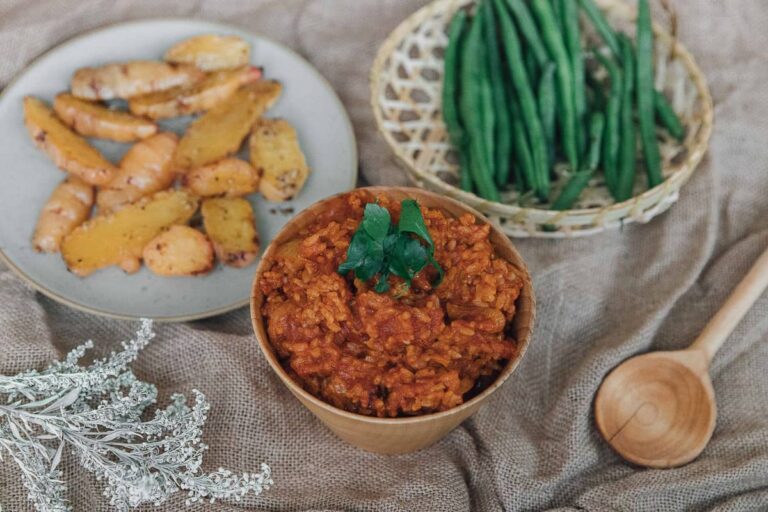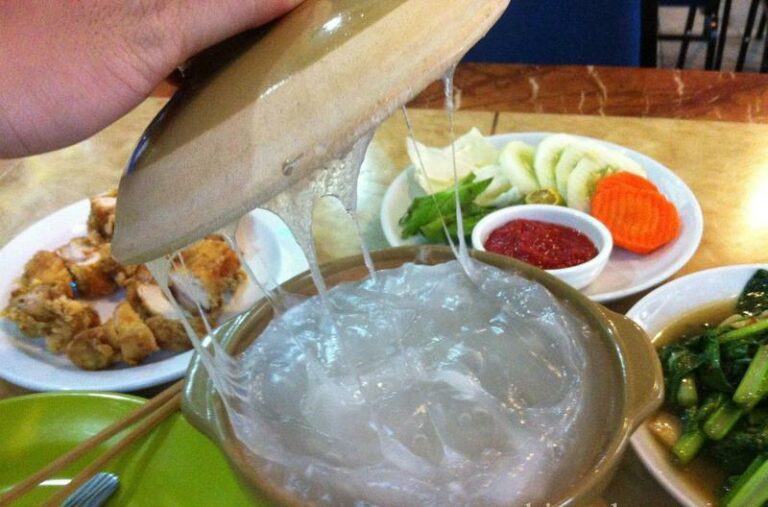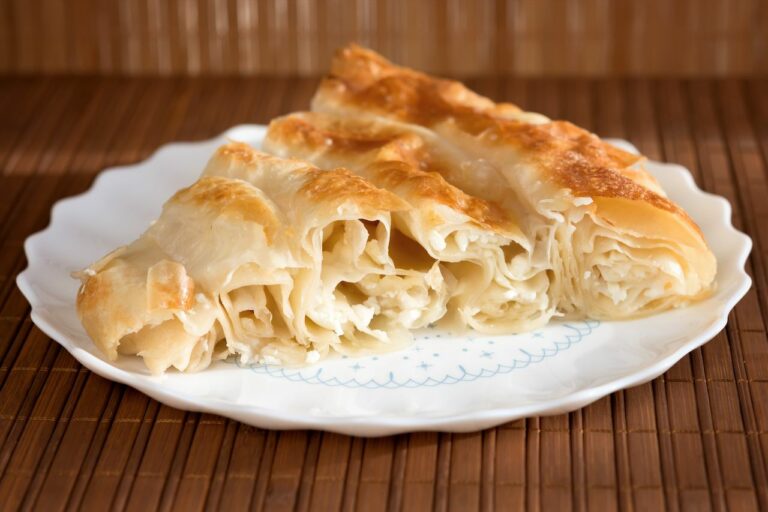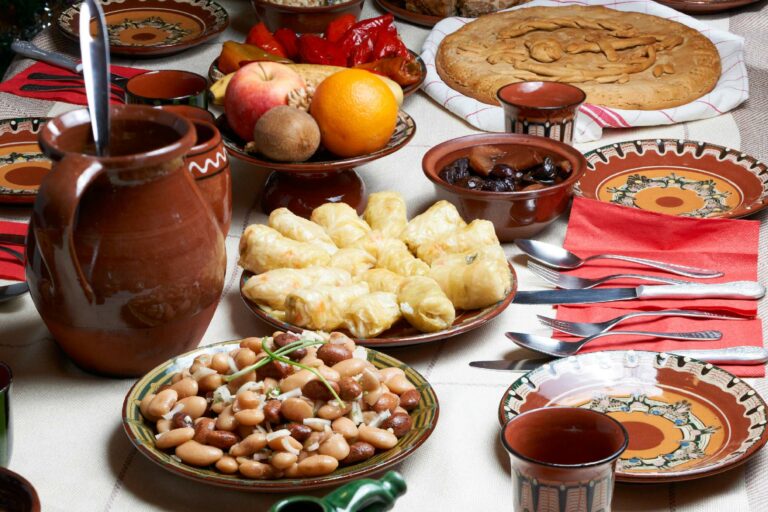Introduction: Brazilian cuisine and its global impact
Brazilian cuisine is often overshadowed by other Latin American cuisines like Mexican and Peruvian. However, Brazilian food has a unique blend of flavors and influences that make it stand out. From savory stews to sweet treats, Brazilian cuisine has something for everyone. In recent years, Brazilian dishes have become increasingly popular internationally, thanks to the efforts of Brazilian chefs and the growing interest in global cuisine.
Feijoada: Brazil’s national dish and its international fame
Feijoada is a hearty stew made with black beans, pork, and beef. It is often served with rice, collard greens, and orange slices. Feijoada is considered Brazil’s national dish and is enjoyed throughout the country. It has also gained international fame and can be found in many Brazilian restaurants around the world. Feijoada is a perfect representation of the Brazilian cuisine and its diverse cultural influences.
Churrasco: the Brazilian BBQ that conquered the world
Churrasco is a style of BBQ that originated in Brazil. It involves skewering different types of meat and cooking them over an open flame. Churrasco has become popular all over the world, with Brazilian BBQ restaurants opening up in many countries. Churrasco is known for its tender and flavorful meat, which is often marinated in spices and herbs. It is a great option for meat lovers who want to try something different.
Brigadeiro: the sweet treat that everyone loves
Brigadeiro is a sweet treat that is popular in Brazil. It is made from condensed milk, cocoa powder, and butter, and rolled into small balls. Brigadeiro is often served at birthday parties and other celebrations. It has also gained international fame and can be found in many Brazilian restaurants and cafes. Brigadeiro is a beloved dessert that is both rich and indulgent.
Coxinha: the beloved street food that went global
Coxinha is a popular street food in Brazil. It is a fried dough filled with shredded chicken and cream cheese. Coxinha has become popular all over the world, with Brazilian cafes and food trucks serving this delicious snack. Coxinha is a perfect representation of the Brazilian street food scene and its bold and flavorful cuisine.
Pão de queijo: the gluten-free cheese bread that became a sensation
Pão de queijo is a gluten-free cheese bread that is popular in Brazil. It is made from tapioca flour, cheese, and eggs. Pão de queijo has become a sensation all over the world, with many gluten-free bakeries and cafes serving this delicious snack. Pão de queijo is a perfect example of the Brazilian cuisine’s ability to adapt and innovate.
Caipirinha: Brazil’s national drink that became a trendy cocktail
Caipirinha is a cocktail made with cachaça (a sugarcane spirit), lime, and sugar. It is considered Brazil’s national drink and is enjoyed all over the country. Caipirinha has also become a trendy cocktail internationally, with many bars and restaurants serving this refreshing drink. Caipirinha is a great way to experience the flavors of Brazil in a glass.
Acai: the superfood from the Amazon that took over the world
Acai is a superfood that is native to the Amazon region of Brazil. It is a small purple berry that is packed with antioxidants and nutrients. Acai bowls have become popular all over the world, with many health food cafes and restaurants serving this delicious and healthy snack. Acai is a great representation of the Brazilian cuisine’s emphasis on fresh and nutritious ingredients.

